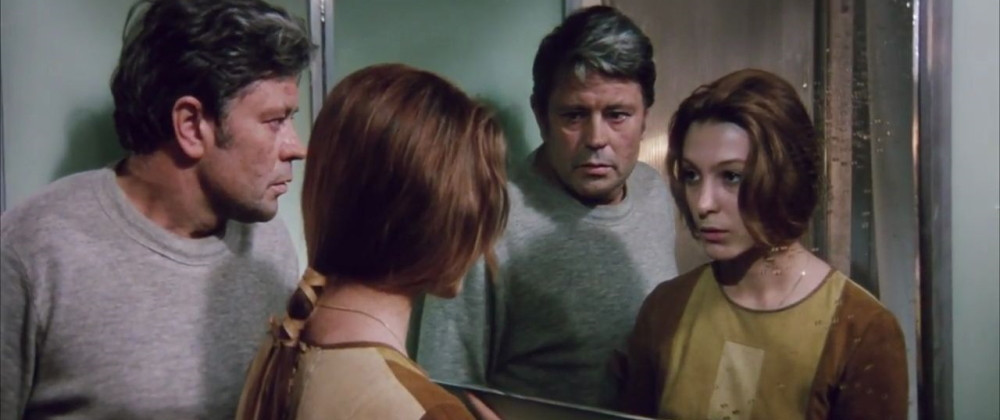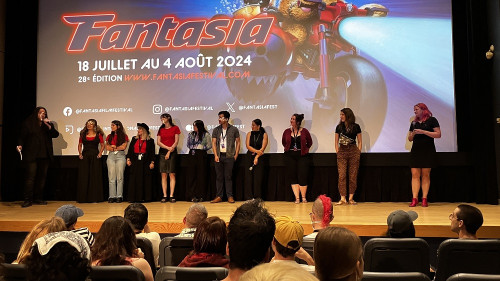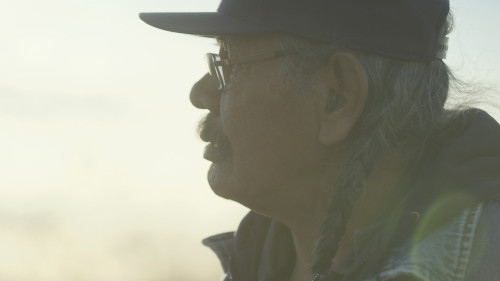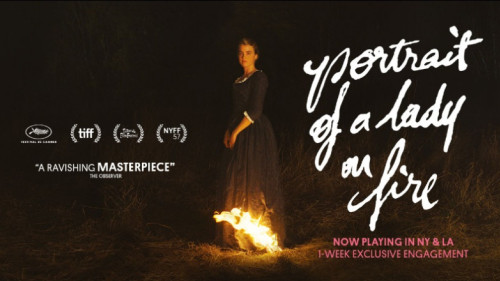Volume 26, Issue 3-4 / March–April 2022
Comparative Analysis
In this issue
-

Experiments in Polyphonic Cinema: Observations of Precision Temporal Matching Between Solaris and 2001: A Space Odyssey
-
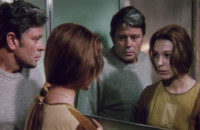
Polyphonic Cinema
The case for a precision temporal relationship between Tarkovsky's Solaris and Kubrick's 2001: A Space Odyssey
-
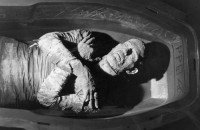
Comparative Openings: The Mummy (1932) Meets The Exorcist (1973)
-

From “Eh?” to Zedd: R.I.P. founder of The Cinema of Transgression
-
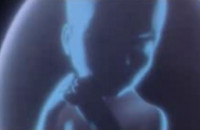
Circles, Myth, and Darwinism: Stanley Kubrick’s 2001: A Space Odyssey and Peter Greenaway’s A Zed and Two Noughts (ZOO)
-

The Neutral, Onirosigns and Any-Body-Whatevers in Nostalghia
On the rhythm of any-space-whatever in Andrei Tarkovsky’s Nostalghia
-
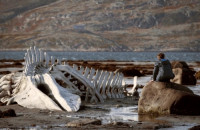
Thug Nation: Russia in Leviathan and The Student
-
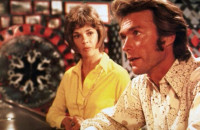
Play Misty for Me (Clint Eastwood, 1971) Still Shocks and Mesmerizes 50 Years Later
-

Leeds International Film Festival 2021: the conundrum of how to end a film.
-

LFF: 2021, A Festival Report
This double month issue is a potpourri of works, with a few clumped together under the theme of comparative criticism, but I would like to draw special attention to a research project by Brian D. McKenna that really excited me when it was proposed to me. As a huge admirer of Tarkovsky but more appropriately of creative forms of film criticism I was immediately drawn to McKenna’s speculative conjoining of two titans of science-fiction cinema, Stanley Kubrick’s 2001: A Space Odyssey (1968) and Andrei Tarkovsky’s Solaris (1971). Many people have matched these two films to different ends, some comparing them, some (most commonly) contrasting them, but no one has dared to suggest that Solaris was consciously designed by Tarkovsky and his team to operate as a “call and response” to Kubrick’s masterpiece. McKenna provides some convincing evidence through a side-by-side audio-visual essay (a distillation of a synchronized, time-locked screening of the two films) and an accompanying essay. If McKenna is not on to something, then we have to admit that the world can be a very strange place sometimes! McKenna’s swashbuckling brand of film analysis encouraged me to tackle my own side-by-side comparison (on a far less ambitious scale, I should add!) which was originally inspired by an observation made to me by the wonderful film historian William K. Everson, that the much praised desert opening of The Exorcist was lifted from The Mummy (1932). At some later date I played the two openings side by side and discovered some compelling reverberations between the two openings. I think this is more a case of aesthetic coincidence than design —although to note, the William Peter Blatty novel does not begin in any desert— which I’ll let you discover on your own. The other article in this issue I am particularly excited to feature is a long-time in the making portfolio on the American Underground filmmaker, writer and painter Nick Zedd, by Montreal-based filmmaker, musician (of the post-punk band American Devices), cartoonist, illustrator, and writer Rick Trembles. Trembles had already crossed paths with Nick Zedd a few times and Zedd’s recent death (February 27, 2022) proved an opportune time for Trembles to forage into his file cabinet to dig out his Nick Zedd archive and lay it all out for Offscreen readers. The next two essays share a commonality with McKenna’s two pieces, that being Kubrick’s 2001: A Space Odyssey (Stefan Gullatz) and Andrei Tarkovsky (Jay Plaat). Stefan Gullatz’s essay continues also along the path of comparative analysis, as he compares the Kubrick film with another director equally known for his all-controlling style, Peter Greenaway and his study in bizarre evolution, A Zed and Two Noughts. Like McKenna, Gullatz “reveals a series of affinities so strong that the lack of any previous comparative analysis seems surprising.” Also included partly for its unexpected timing with the ongoing inexplicable atrocities in the Ukraine is Daniel Garrett’s dual review of the Russian films The Leviathan (Andrey Zvyaginstev, 2014) and The Student (Kirill Serebrennikov, 2016). Garrett’s review is a read on contemporary Russia under Vladimir Putin circa 2018 through these two films which reveal broader issues which can surface in a Nation —corruption, extremism, Kafkaesque bureaucracy, political self-preservation. Up next is Xavier Martinez’s study of Play Misty For Me (1971), important not only as Clint Eastwood’s directorial debut but as an early progenitor of the stalker sub-genre. Concluding the double issue are two film festival reports, Philip Gillett’s on the 2021 Leeds International Film Festival and George Kowalik’s on the 2021 London Film Festival. (Donato Totaro, ed.)

